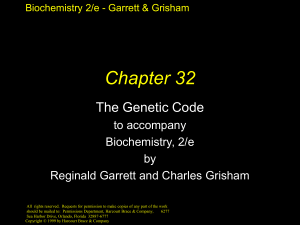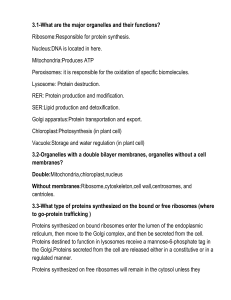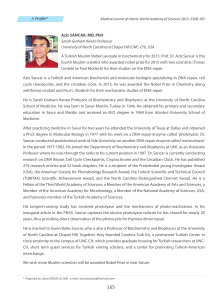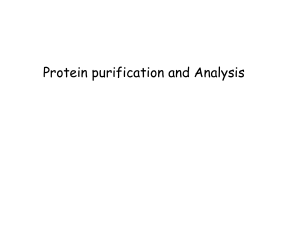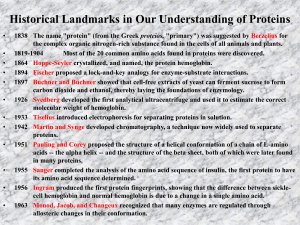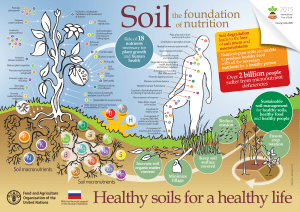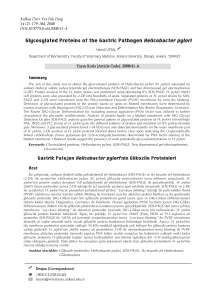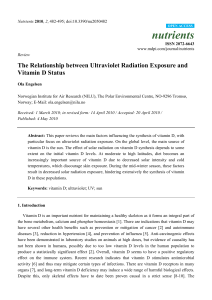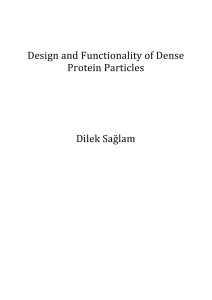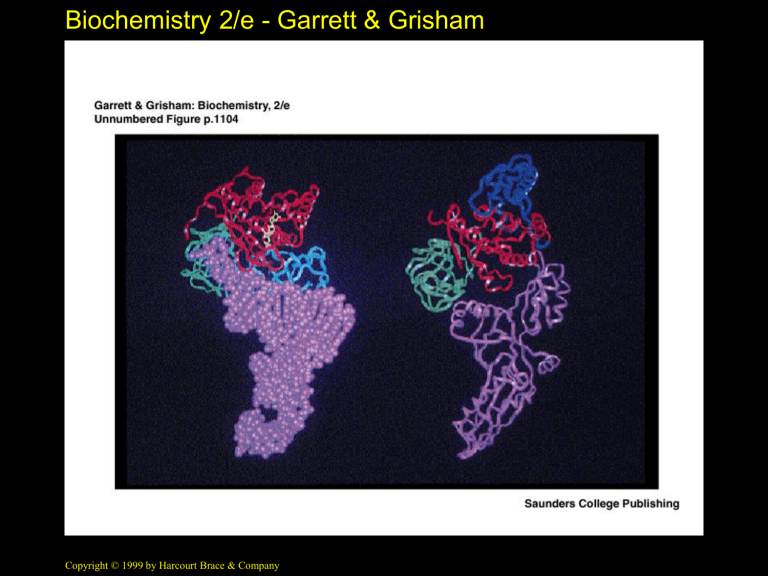
Biochemistry 2/e - Garrett & Grisham
Copyright © 1999 by Harcourt Brace & Company
Biochemistry 2/e - Garrett & Grisham
Copyright © 1999 by Harcourt Brace & Company
Biochemistry 2/e - Garrett & Grisham
Copyright © 1999 by Harcourt Brace & Company
Biochemistry 2/e - Garrett & Grisham
Copyright © 1999 by Harcourt Brace & Company
Biochemistry 2/e - Garrett & Grisham
Eukaryotic Protein Synthesis
See Figure 33.22 for the structure of the typical
mRNA transcript
• Note the 5'-methyl-GTP cap and the poly A tail
• Initiation of protein synthesis in eukaryotes
involves a family of at least 11 eukaryotic
initiation factors
• The initiator tRNA is a special one that carries
only Met and functions only in initiation - it is
called tRNAiMet but it is not formylated
Copyright © 1999 by Harcourt Brace & Company
Biochemistry 2/e - Garrett & Grisham
Eukaryotic Initiation
• Begins with formation of ternary complex of eIF-2,
GTP and Met-tRNAiMet
• This binds to 40S ribosomal subunit:eIF-3:eIF4C
complex to form the 40S preinitiation complex
• Note no mRNA yet, so no codon association with
Met-tRNAiMet
• mRNA then adds with several other factors,
forming the initiation complex (Fig. 33.23)
• Note that ATP is required!
• Proteins of the initiation complex apparently scan
to find the first AUG (start) codon
Copyright © 1999 by Harcourt Brace & Company
Biochemistry 2/e - Garrett & Grisham
Copyright © 1999 by Harcourt Brace & Company
Biochemistry 2/e - Garrett & Grisham
Copyright © 1999 by Harcourt Brace & Company
Biochemistry 2/e - Garrett & Grisham
Regulation of Initiation
Phosphorylation is the key, as usual
• At least two proteins involved in initiation
(Ribosomal protein S6 and eIF-4F) are
activated by phosphorylation
• But phosphorylation of eIF-2a causes it to
bind all available eIF-2B and sequesters it
• Note discussion of elongation and
termination on page 1112
Copyright © 1999 by Harcourt Brace & Company
Biochemistry 2/e - Garrett & Grisham
Copyright © 1999 by Harcourt Brace & Company
Biochemistry 2/e - Garrett & Grisham
Inhibitors of Protein Synthesis
•
•
•
•
Two important purposes to biochemists
These inhibitors (Figure 33.26) have helped unravel
the mechanism of protein synthesis
Those that affect prokaryotic but not eukaryotic
protein synthesis are effective antibiotics
Streptomycin - an aminoglycoside antibiotic induces mRNA misreading. Resulting mutant
proteins slow the rate of bacterial growth
Puromycin - binds at the A site of both prokaryotic
and eukaryotic ribosomes, accepting the peptide
chain from the P site, and terminating protein
synthesis
Copyright © 1999 by Harcourt Brace & Company
Biochemistry 2/e - Garrett & Grisham
Diphtheria Toxin
•
•
•
•
An NAD+-dependent ADP ribosylase
One target of this enzyme is EF-2
EF-2 has a diphthamide (see Figure 33.27)
Toxin-mediated ADP-ribosylation of EF-2
allows it to bind GTP but makes it inactive in
protein synthesis
One toxin molecule ADP-ribosylates many
EF-2s, so just a little is lethal!
Copyright © 1999 by Harcourt Brace & Company
Biochemistry 2/e - Garrett & Grisham
Protein Translocation
An essential process for membrane proteins and
secretory proteins
• Such proteins are synthesized with a "leader
peptide", aka a "signal sequence" of about 1626 amino acids
• The signal sequence has a basic N-terminus, a
central domain of 7-13 hydrophobic residues,
and a nonhelical C-terminus
• The signal sequence directs the newly
synthesized protein to its proper destination
Copyright © 1999 by Harcourt Brace & Company
Biochemistry 2/e - Garrett & Grisham
Protein Translocation II
•
•
•
•
Four common features
Proteins are made as preproteins containing
domains that act as sorting signals
Membranes involved in protein translocation
have specific receptors on their cytosolic faces
Translocases catalyze the movement of the
proteins across the membrane with metabolic
energy (ATP, GTP, ion gradients) essential
Preproteins bind to chaperones to stay loosely
folded
Copyright © 1999 by Harcourt Brace & Company
Biochemistry 2/e - Garrett & Grisham
Prokaryotic Protein Transport
All non-cytoplasmic proteins must be
translocated
• The leader peptide retards the folding of the
protein so that molecular chaperone proteins
can interact with it and direct its folding
• The leader peptide also provides recognition
signals for the translocation machinery
• A leader peptidase removes the leader
sequence when folding and targeting are
assured
Copyright © 1999 by Harcourt Brace & Company
Biochemistry 2/e - Garrett & Grisham
Eukaryotic Protein Sorting
Eukaryotic cells contain many membrane-bounded
compartments
• Most (but not all) targeting sequences are Nterminal, cleaveable presequences
• Charge distribution, polarity and secondary
structure of the signal sequence, rather than a
particular sequence, appears to target to
particular organelles and membranes
• Synthesis of secretory and membrane proteins
is coupled to translocation across ER membrane
Copyright © 1999 by Harcourt Brace & Company
Biochemistry 2/e - Garrett & Grisham
Events at the ER Membrane
• As the signal sequence emerges from the
ribosome, a signal recognition particle (SRP)
finds it and escorts it to the ER membrane
• There it docks with a docking protein or SRP
receptor - see Figure 33.31
• SRP dissociates in a GTP-dependent process
• Protein synthesis resumes and protein passes
into ER or into ER membrane; signal is
cleaved
Copyright © 1999 by Harcourt Brace & Company
Biochemistry 2/e - Garrett & Grisham
Copyright © 1999 by Harcourt Brace & Company
Biochemistry 2/e - Garrett & Grisham
Copyright © 1999 by Harcourt Brace & Company
Biochemistry 2/e - Garrett & Grisham
Copyright © 1999 by Harcourt Brace & Company

